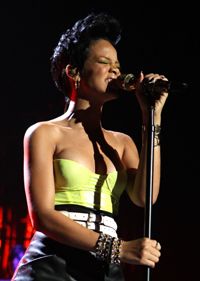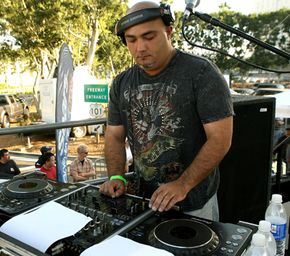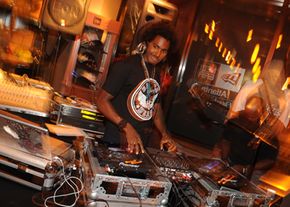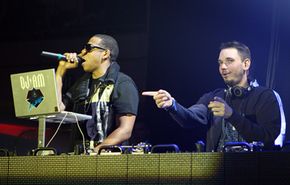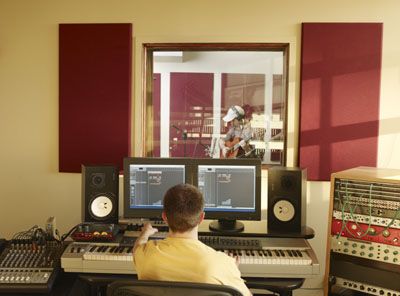Music mixing software is the creative engine behind loop-based music. In electronic and dance music, a loop is a short sample of music that can be repeated and combined with other loops to be used in the recording studio and for live sound engineering.
Musicians and DJs can create their own loops using both traditional and virtual instruments or they can download loops from extensive digital libraries of drum beats, synthesizer patterns, bass lines, guitar riffs, vocal shouts and more. A loop can also be a sample of someone else's music, like the chorus of a hit pop song.
Music mixing software serves a different function than a digital audio workstation (DAW) like Pro Tools. DAWs are mostly used as timeline-based editing machines for music composition. With a system like Pro Tools, a musician assembles tracks along a set timeline, laying down drums, bass lines, synthesizers and vocals and tweaking the finished product with a vast array of effects and editing tools.
Music mixing software, on the other hand, allows for open-ended non-linear composition and greater freedom for improvisation. This is because the emphasis on music mixing software is on loops, not full tracks. Loops can be combined, repeated, edited and distorted in an infinite variety of ways.
With music mixing software, for example, a DJ can build a live performance from the thousands of loops on his hard drive. He can throw a Madonna vocal on top of African drums with a space-age synth backdrop. He can apply real-time effects that compress, bend and twist each loop so that no two performances sound the same. The latest music mixing software includes tools that can take a loop and slice it into dozens of even smaller loops that can be reassembled, edited and combined to create a completely original sound.
The power of this software gives the musician unlimited creativity to slice, dice, rearrange and tweak sounds in unusually and satisfying ways. DJ software, in particular, makes all of these tools available for live performances, where the musician plays off the energy of the crowd-using their reactions to choose the next loop and take the song in unexpected directions.
Music mixing software can be controlled directly from a computer with a standard mouse and keyboard, but most musicians prefer to use hardware controllers that mimic the look and feel of electronic instruments and control panels. DJs, for example, might use a control that looks like a traditional turntable deck with crossover switches, faders, volume knobs and even two control wheels that look like vinyl records.
Musicians can also use controllers shaped like electronic keyboards or drum machines with touch-sensitive pads. Each loop can be assigned to a key on the keyboard or a pad on the drum machine, allowing for quick switches between sounds during live performances.
In the next section, we'll look at the three main types of music mixing software.
